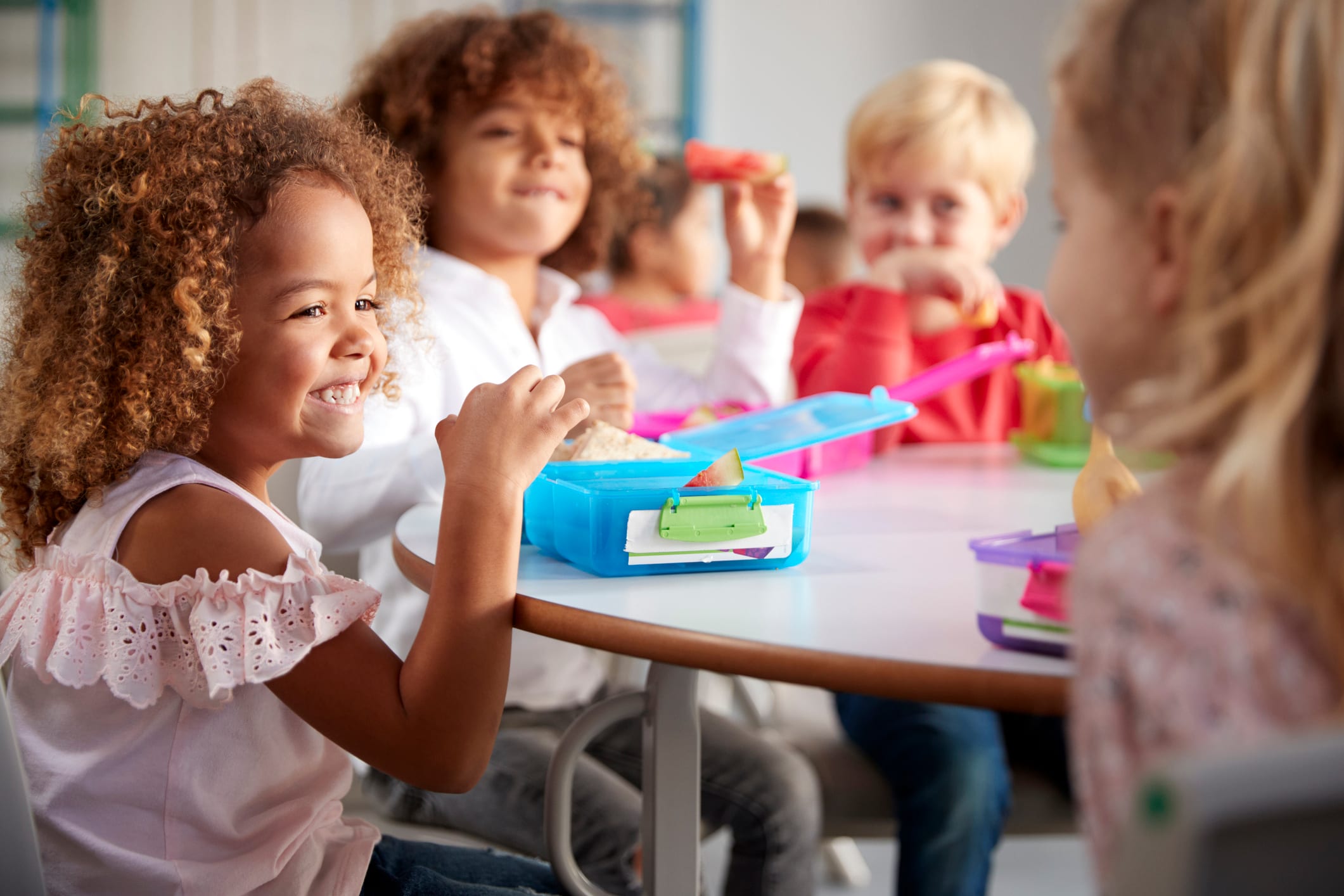
Celebrating Black History & Striving for Food Justice
Did you know that food insecurity disproportionately affects certain groups?
Food insecurity affects all demographics, but not everyone is affected equally. As we honor Black History Month - and its 2022 theme of “Black Health & Wellness” - we highlight the disproportionate impacts of food insecurity on various minority groups.
Black Communities
- Black Americans experience the highest rates of food insecurity. In 2020, an estimated 24% of the Black community experienced food insecurity. Comparatively, only 8% of white Americans experienced food insecurity in 2020.
- A large factor is the higher rates of poverty among communities of color: in the U.S., Black Americans make up over 23% of people living in poverty, but just 13% of the total population.
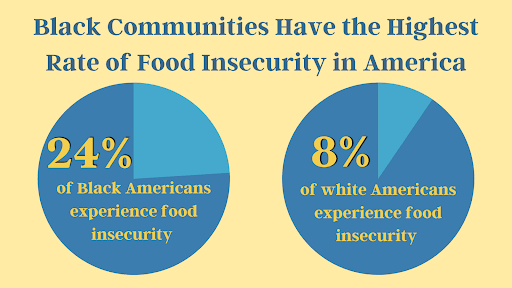
While Black communities face the highest rates of hunger, this crisis is impacting various demographics with one or more risk factors for food insecurity. Some of the biggest factors in determining food insecurity risk are income/employment status, education level, disability, geographic factors, and race/ethnicity. These factors can - and often do - overlap with one another, but they all lead to the same tragic conclusion: that millions of Americans are unable to access sufficient and quality food reliably.
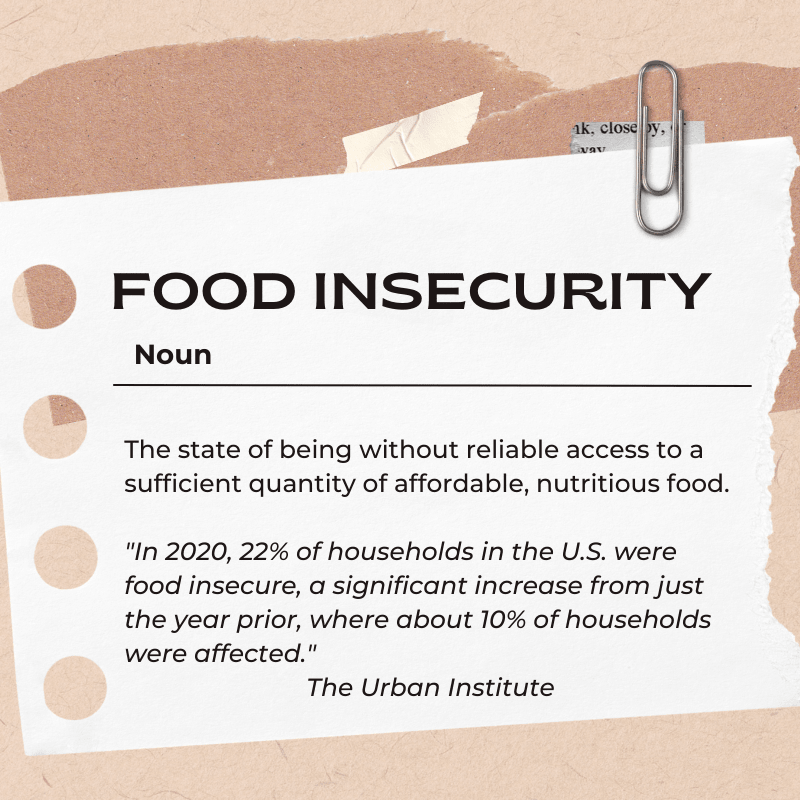
Lower-Income Households
- Rates are highest for households with incomes below the poverty line, as income is the most common cause of food insecurity.
Women
- Women face food insecurity at a disproportionate rate worldwide, making up 60% of people stuck in the hunger cycle.
- In the U.S., single-mother households have one of the highest rates of food insecurity, with almost 29% affected in 2019. This is compared to only 15% of single fathers affected in 2019.
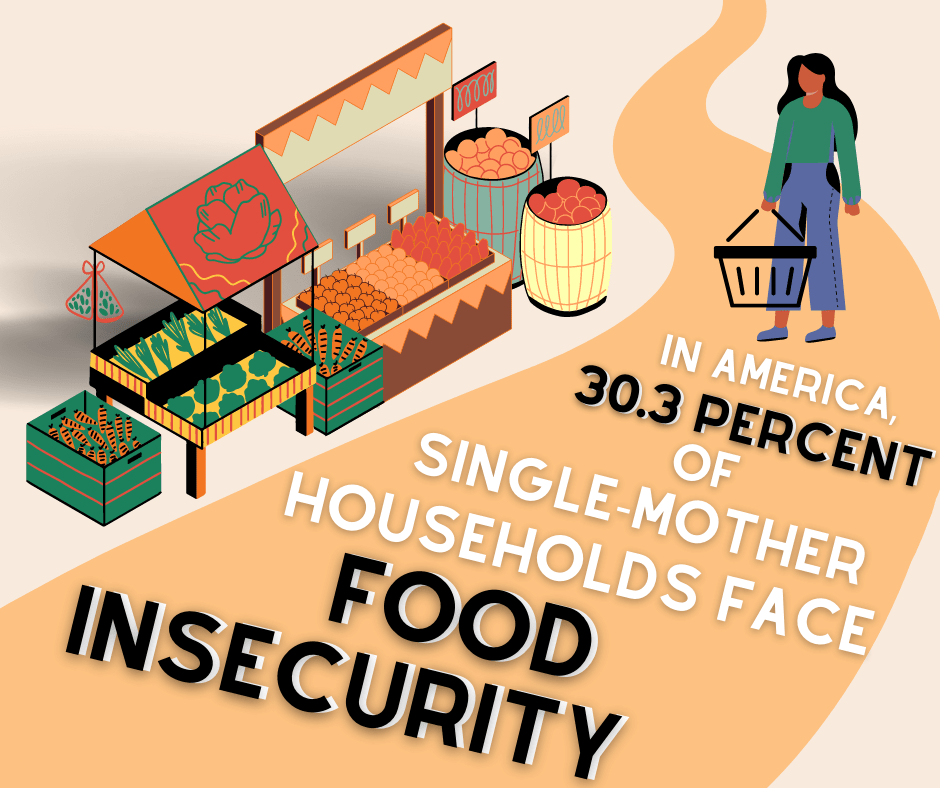
People with Disabilities
- In households with an adult who is a recipient of federal or state disability benefits, 22% experience food insecurity. The number is even higher for households with a disabled adult who does not receive government benefits: 33% of these households experience food insecurity.
- Not only does food insecurity risk increase amongst people with disabilities, it can also contribute to worsening health conditions and higher probabilities of chronic disease.
Native Americans
- Native Americans suffer from some of the highest rates of food insecurity, with 25 to 40% of people in rural tribal communities dealing with food and water insecurity. More than 80% of children in these communities rely on schools for breakfast and lunch.
Latinx Communities
- Over 17% of the Latinx population is food insecure, the second-highest rate in terms of race.
- Food insecurity in the Latinx community further reveals the correlation between poverty and hunger: in the U.S., Latinos account for almost 19% of the total population but make up a disproportionate amount of people living in poverty, at over 28%.
Food insecurity affects all Americans--especially during insecure times
- In 2020, 22% of U.S. households were food insecure--a significant increase from the year prior, where about 10% of households were affected.
The facts are clear - hunger comes in many forms
Nourishing Neighbors realizes that there is a person behind each of these percentages.
If you have a story, we’d love for you to share it:
- What is your story of hunger and hope?
- Do you identify with one or more of the groups mentioned in this article? How do you think identity plays a role in food insecurity?
- Who helped you when you needed it most?
- What do you remember most about facing hunger/food insecurity?
- How have you helped to solve food insecurity in your community? What is your most memorable experience?
MOST POPULAR
-
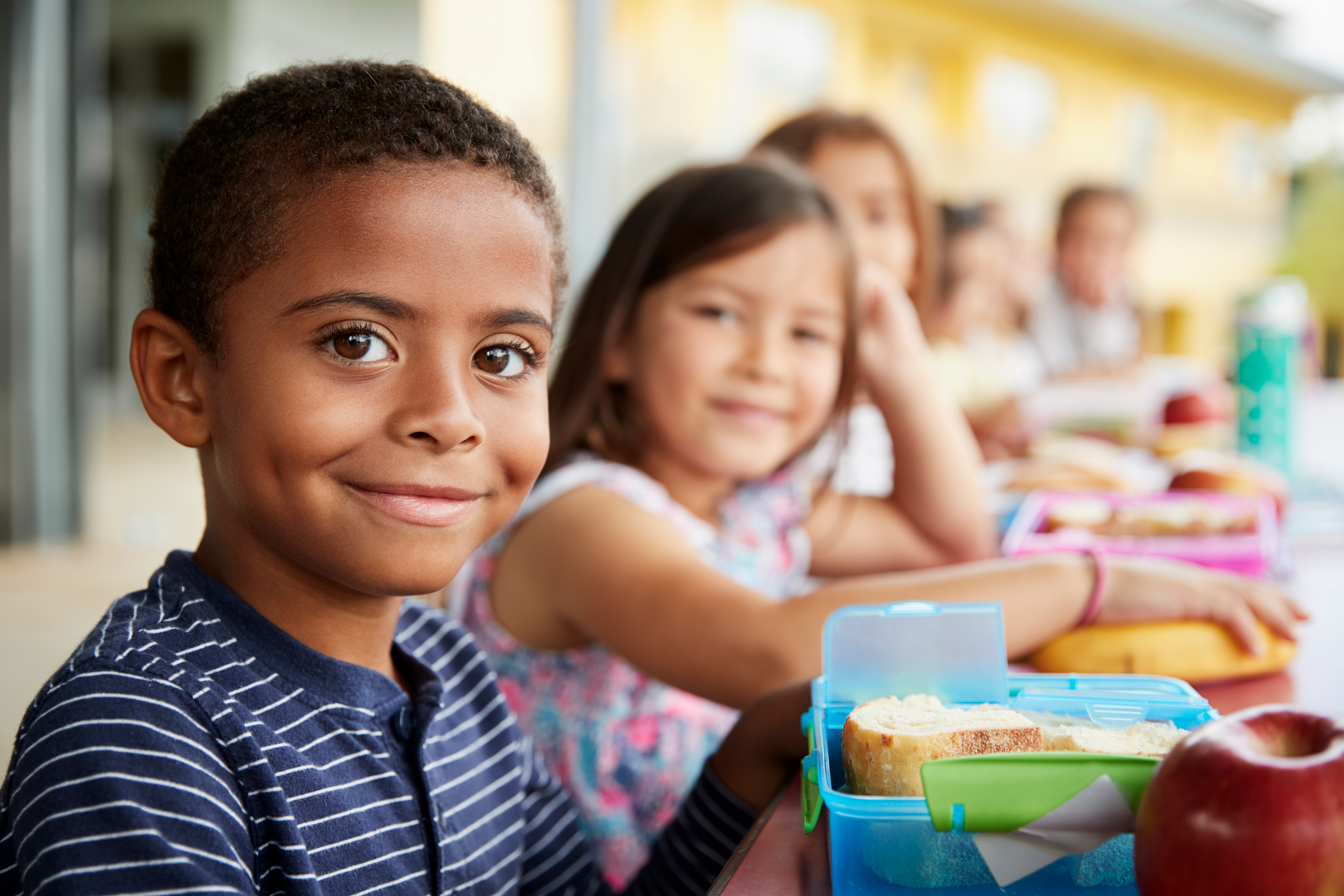 Nourishing Neighbors Opportunity: O Organics Fight Hunger Serve Hope GrantWe are pleased to invite eligible organizations for the O Organics Fight Hunger. Serve Hope. Grant Nourishing Neighbors, a read more...
Nourishing Neighbors Opportunity: O Organics Fight Hunger Serve Hope GrantWe are pleased to invite eligible organizations for the O Organics Fight Hunger. Serve Hope. Grant Nourishing Neighbors, a read more... -
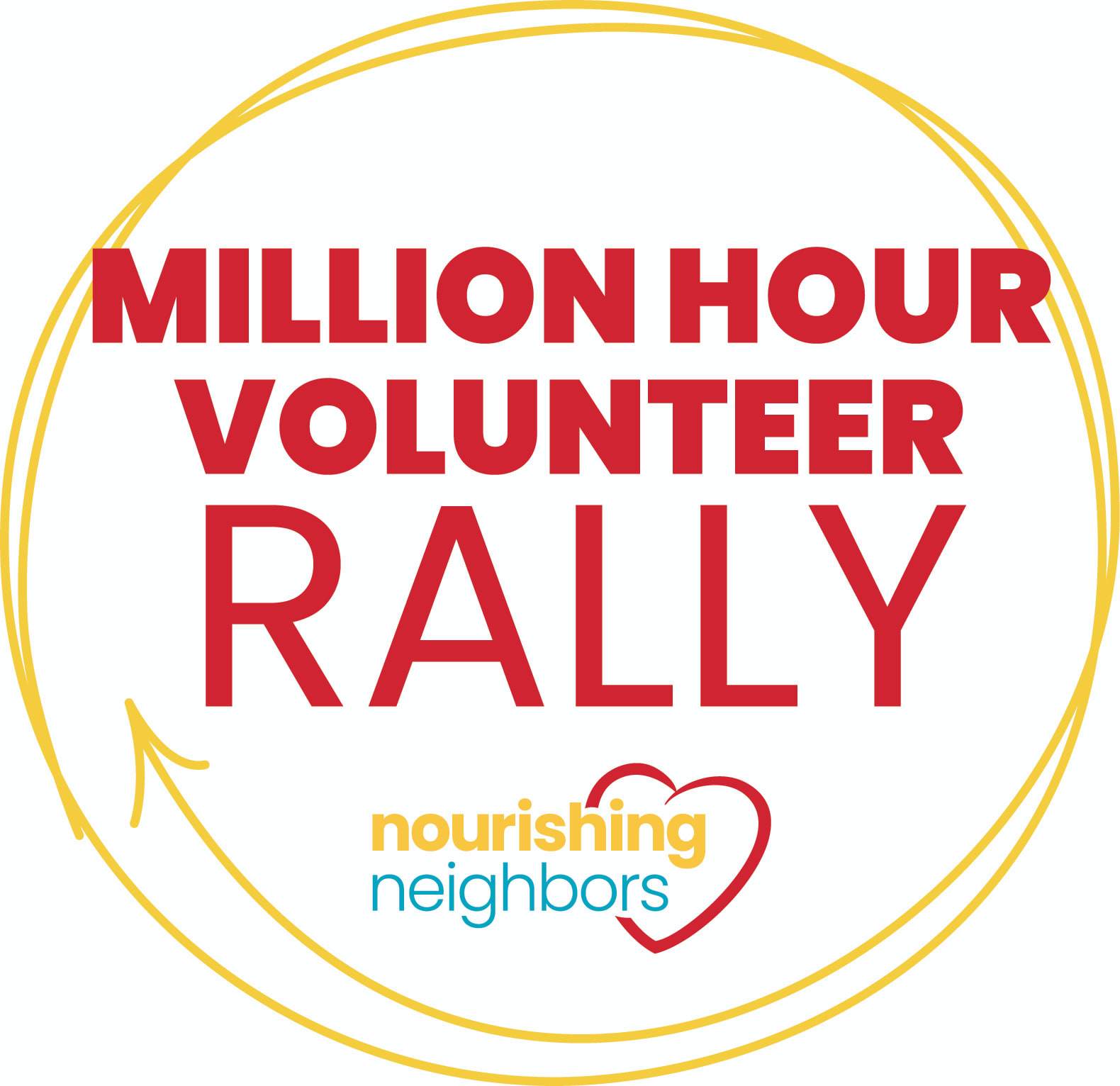 Albertsons Companies and Albertsons Companies Foundation Kick Off 2025 Million Hour Volunteer RallyAlbertsons Companies, in partnership with the Albertsons Companies Foundation, is excited to kick off our 2025 Million Hour read more... Local Stories of Impact
Albertsons Companies and Albertsons Companies Foundation Kick Off 2025 Million Hour Volunteer RallyAlbertsons Companies, in partnership with the Albertsons Companies Foundation, is excited to kick off our 2025 Million Hour read more... Local Stories of Impact -
 Nourishing Neighbors Innovation Incubation Fund RFPRequest for Proposals 2025 Innovation Spark Incubation Fund RFP Background Nourishing Neighbors , a program of Albertsons read more... Resources
Nourishing Neighbors Innovation Incubation Fund RFPRequest for Proposals 2025 Innovation Spark Incubation Fund RFP Background Nourishing Neighbors , a program of Albertsons read more... Resources -
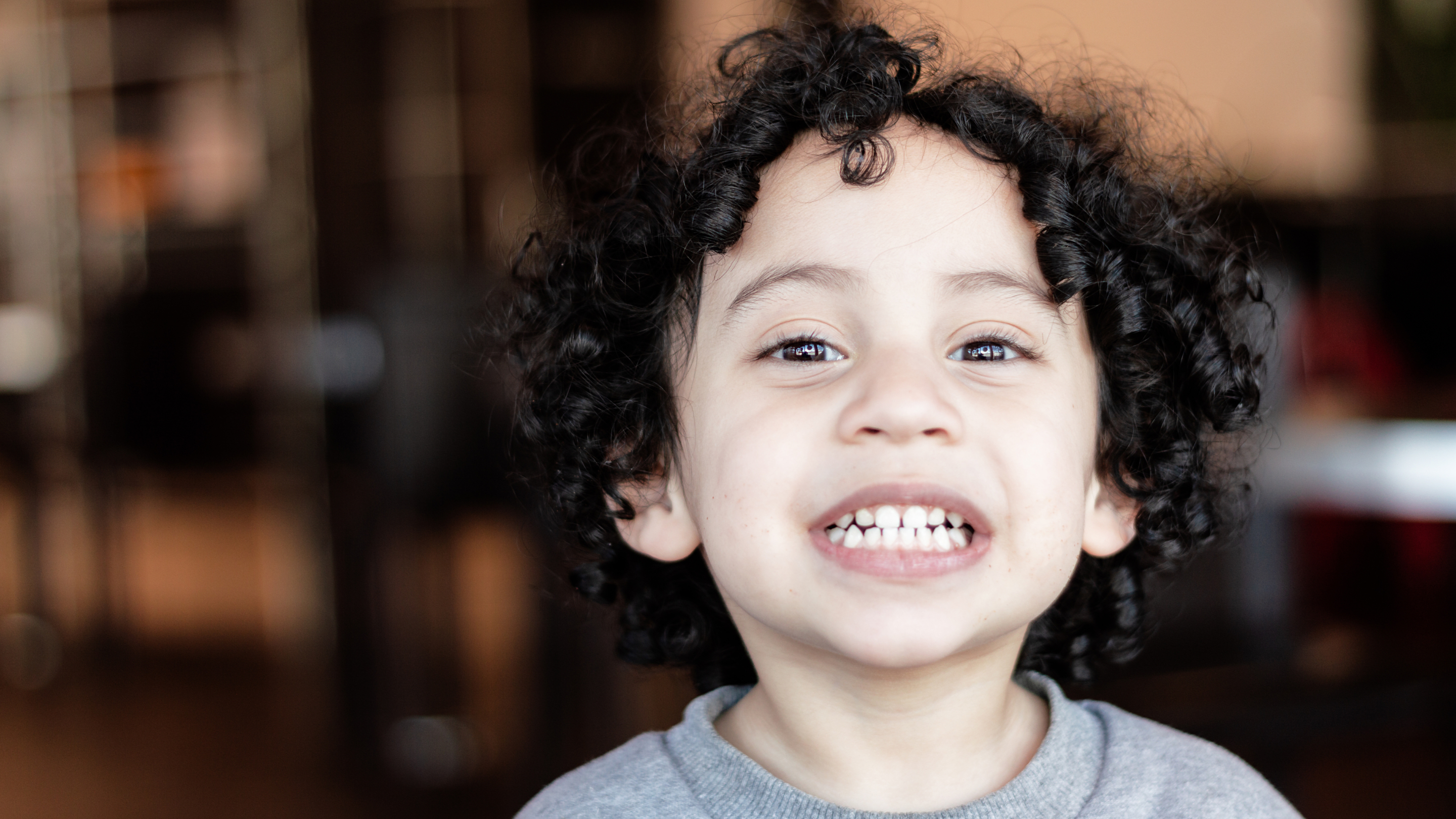 Albertsons® Companies Announces New Goal to Enable 1.5 Billion Meals Across Local Communities and pledges $10 million annually to help end the cycle of hunger by 2030BOISE, Idaho — March 10, 2025 — Albertsons® Companies, Inc. (NYSE: ACI) (“Albertsons”) and The Albertsons® Companies Foundation read more... Local Stories of Impact
Albertsons® Companies Announces New Goal to Enable 1.5 Billion Meals Across Local Communities and pledges $10 million annually to help end the cycle of hunger by 2030BOISE, Idaho — March 10, 2025 — Albertsons® Companies, Inc. (NYSE: ACI) (“Albertsons”) and The Albertsons® Companies Foundation read more... Local Stories of Impact
This is an important issue!